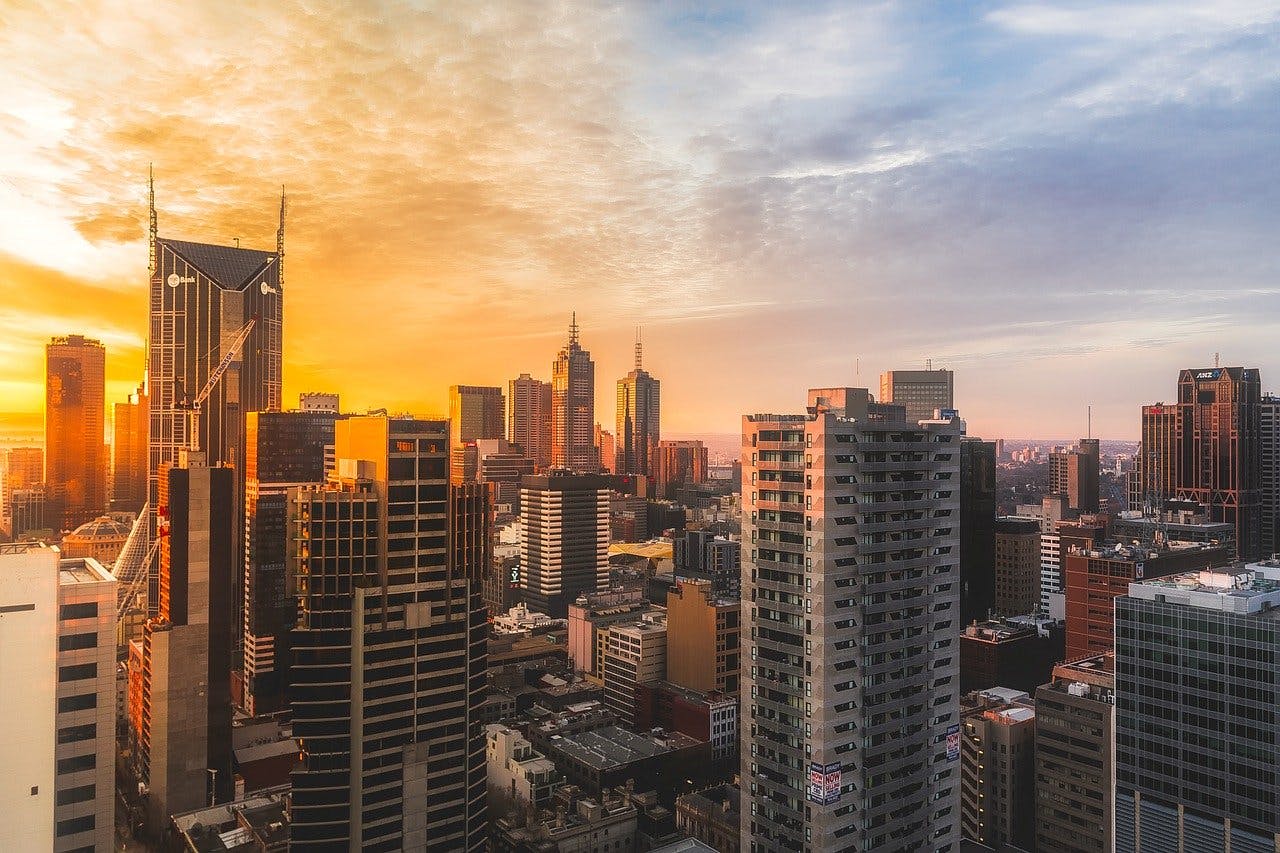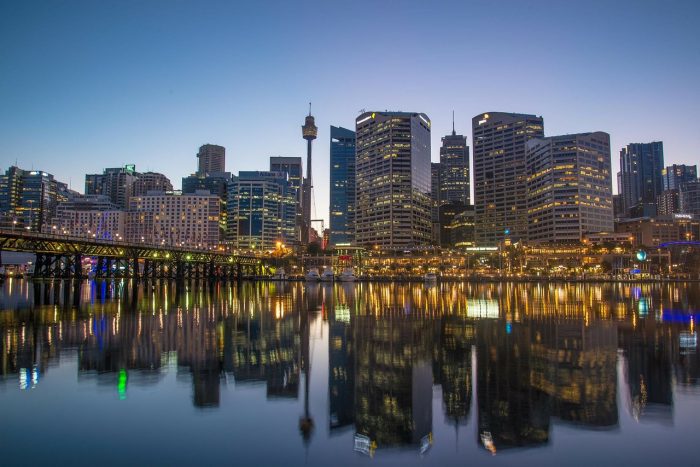Commercial
Australia’s office market is hot property for investors (JLL)
Published
03 March, 2020

JLL Research has taken a deep dive into Australia’s office property market with its new 2020 office market report. From breaking records to huge overseas investment, its review on 2019 and forecasts for 2020 will prick up investors’ ears.
We’ve listed our key takeaways for commercial property investors:
- Record-breaking office property transactions in 2019
- Strong offshore investment (and divestment) activity
- Significant net absorption (particularly in WA and QLD markets)
- New development pipelines
- Pricing fairness
- Outlook for 2020 and beyond
Australia’s office market has become hot property for both local and overseas players, so a review of the year just gone, and a forecast of the years ahead, couldn’t be more timely.
1. Office transaction volumes breaks records in 2019
According to the 2020 office market report, 2019 was the first time the Australian office sector surpassed the $20-billion mark in transactions.
$22.50 billion worth of office property changed hands in 2019. A handful of mega-deals helped make up the record-breaking feat, with just 14 transactions attributing to a whopping 43.2 per cent of transaction volume.
2. Offshore activity swells (and dispels)
International investors continue to be a force in Australia’s office property market.
Offshore buyers took up the near-majority share of transactions, accounting for 41.4 per cent of office transactions (by value).
Buyers from across the pond are big fans of Australia’s sector diversification. This was cited by Hong Kong’s Link REIT as the major driver for acquiring 100 Market Street, Sydney for $683 million – their debut transaction in the Australian office market.
2019 held another record for office property transactions, with offshore divestment totalling $11.9 billion. This brought the overseas investment acquisition balance into negative $2.04 billion. It’s also the first time since 2006 that offshore parties sold more office assets than they bought.

Hong Kong’s Link REIT acquired 100 Market Street, Sydney for $683 million – their debut transaction in the Australian office market.
3. Australian office market net absorption lifts
Perth and Brisbane office markets recorded the strongest net absorption out of any Australian CBD in 2019.
With 28,900 sqm and 38,800 sqm of respective office space taken up, it’s another sign that Perth and Brisbane office markets have reversed the downward trend seen for the better part of a decade.
By the end of 2019, Melbourne CBD and Sydney CBD recorded the lowest Prime vacancy rates in the country, at 1.8 per cent and 4.8 per cent, respectively.
Brisbane CBD was not far behind Australia’s big hitting states, with Prime vacancy of 8.5 per cent. The secondary market is yet to catch up, appearing 15.3 per cent as at Q4 2019. JLL Research forecasts an increase in underlying demand going into 2021 and 2022.
4. Supply ‘well-managed’ in office markets
Across Australia, most new development is taking place in office markets where prime grade vacancy is tight.
Paramatta NSW has been labelled the most active market by JLL, contributing 23.7 per cent to Australia’s total stock. Development in non-CBD office markets are led by the Melbourne Fringe, with 17.9 per cent of total stock. Significant development is being seen near Cremorne, Richmond and South Yarra, where the precinct is evolving as a technology and creative hub.
JLL points out that supply is well-managed. Unruly vacancy levels are unlikely over the medium-term, although vacancies could trickle down to lower quality assets in secondary grade markets.
5. Pricing in Australian office markets – are they fair?
Yields have compressed to levels never before seen in the Australian office market, with average CBD Prime yields sitting at 5.27 per cent.
Sydney and Melbourne office markets have tightened the most, with Prime yields of 4.25 per cent and 4.75 per cent (Sydney CBD) and 4.38 per cent to 5.13 per cent (Melbourne CBD). Meanwhile, improving conditions in Brisbane and Perth have led to significant yield compression since 2018.
Office and bond yields tell a story about fairness in the Australian market.
Bonds have compressed to 1.20 per cent at the tail of 2019, giving a larger than historical spread between the risk-free rate and office sector yields.
6. Outlook
Despite economic headwinds, such as a weakening Australian Dollar and lower consumer spending, Australia’s office market is looking healthy. Demand is set to continue, particularly in countercyclical markets like Perth and Brisbane, and overseas money expected to keep seeing its unprecedented flow into Australian office markets.
Private investors might be pressed to find quality deals without the aid of those in the know. At Properties & Pathways, we like the countercyclical office markets in WA and QLD, with Sydney and Melbourne markets still worthy of some attention. While vacancy rates are still high in Perth and Brisbane, both markets are showing undeniable promise for the future.
For more information on how to invest with an exclusive commercial property syndicate, get in touch with Properties & Pathways today.



